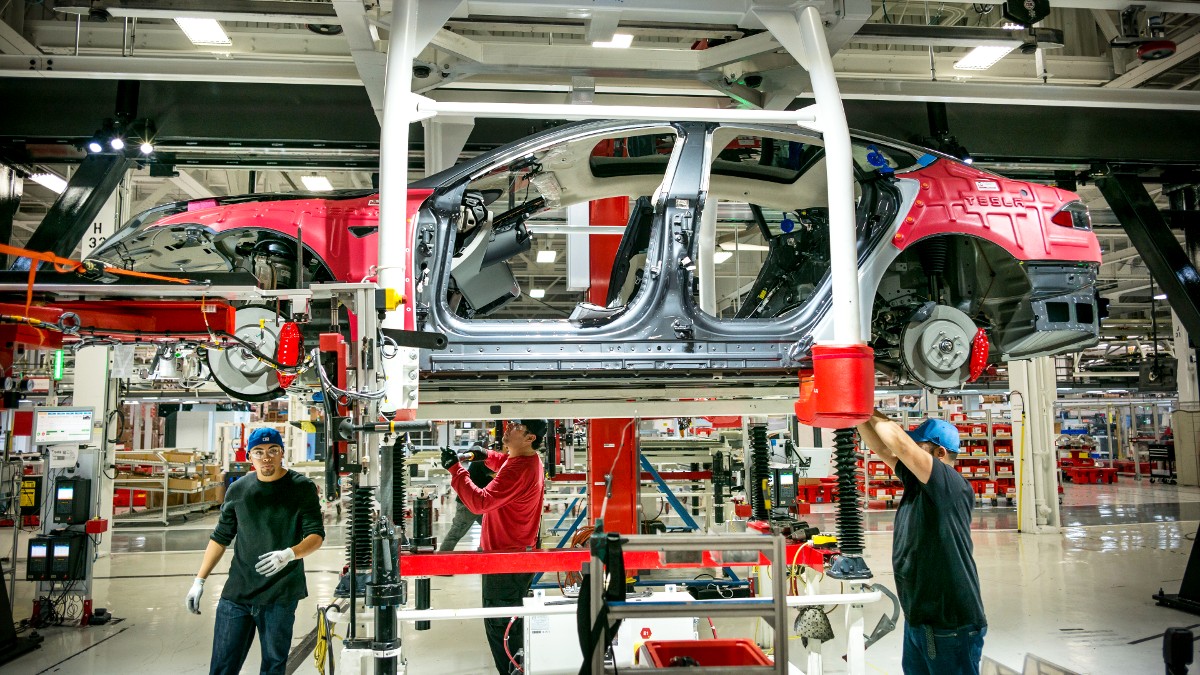The Tesla Robot Attack Is Just One in a Series of Robot-Related Workplace Incidents

A resurfaced work incident report from Tesla’s Giga Texas factory has gone viral for describing how a robot “attacked” an employee. While alarming, the injury is just one in a series of robot-related workplace incidents over the past few years.
The incident occurred in 2021 in a Tesla factory near Austin, Texas but only went public several days ago. It’s not surprising it has attracted so much attention as the media’s coverage almost makes it sound like a robot uprising is on the horizon. In reality, the report doesn’t provide any evidence of sentient robots turning on humans, but it’s still concerning nonetheless.
The incident report describes how a Tesla engineer was programming the software for three robots in the factory. All three robots were supposed to be disabled, but one was accidentally left on. This caused the robot to activate and pin the engineer down, drawing blood as its metal claws dug into the worker’s back and arm.
Fortunately, fellow employees were able to use an emergency stop button to save the engineer’s life. Though the engineer sustained an “open wound” to their left hand, their injuries weren’t serious, and they returned to work without taking time off. Elon Musk responded to the reports, criticizing the media for making it sound as if his Optimus bot knowingly attacked a worker. However, he certainly should not be acting as if it doesn’t matter just because it was a Kuka robotic arm that malfunctioned instead of an advanced robot attack, especially because this is far from the only robot-related work incident involving Tesla.
Robot-related work incidents are more common than we think
Given the reaction to the accident report, some may think this is the only major robot-related incident in recent times but that’s not the case. There have been plenty more injuries, and even deaths, involving robots in the workplace.
Reports on robot-related incidents disagree on whether robots pose a significant risk to workers. For example, Fortune calls it “chilling” that there have been 41 deaths from robot-related workplace accidents in the past 15 years, while Industrial Safety and Hygiene News, back in 2018, tried to diffuse concerns by describing it as “only” 40 deaths/injuries in the past few years.
Even if these incidents are considered rare, it’s still a problem that the number of robot-related deaths isn’t zero. What’s even more concerning is that companies may not always be transparent about these accidents. Business Insider found that in 2018 alone, Tesla failed to disclose at least 36 injuries sustained at its Fremont factory to California regulators. This means about 4% of its injury reports were missing for the year. It’s unclear how many, if any, were robot-related incidents, but it’s impossible to get accurate estimates if Tesla isn’t reporting all of its workplace injuries.
Meanwhile, the fact that Tesla is hiding additional incidents is very troubling, as even with these hidden reports, many of its factories still boast higher workplace injury rates than the average manufacturing plant. Accidents were especially prevalent in the Texas and California plants, which are very robot-reliant. At the Texas plant, nearly one out of every 21 workers were injured on the job in 2022, while the Fremont plant saw one in every 12 workers sustaining injuries last year.
These higher rates of injury are also found at another robotics-heavy employer: Amazon. Amazon workers experience nearly double the injury rates than its competitor, Walmart. A probe into Amazon found that the company was also trying hiding significant spikes in injuries stemming from its robotic warehouses.
The real problem with robot-assisted factories
Not only are there dozens of recorded robot-related workplace deaths, but there is evidence that accidents and injuries are more common in factories that are more heavily robot-assisted. Plus, Amazon and Tesla appear suspiciously desperate to hide these numbers and accidents from the public. Now, the problem isn’t that sentient robots are actively attacking humans in factories. It’s simply that humans and robots don’t mix well in the workplace.
The investigation into Amazon’s robot-related injuries found that workers were struggling with the inhuman speeds of the robots. Simply trying to keep up with the efficiency and speed of these robots led to accidents. Many accidents also occur, as at the Texas Tesla factory, when humans are tasked with performing maintenance on these robots. Meanwhile, the more robotics in a workplace there are, the more risk there is of something malfunctioning or workers being crushed, trapped, or struck as they try to work while avoiding robots and robotic arms lifting heavy machinery.
Despite the safety concerns, it’s unlikely these companies will stop and reconsider their usage of robots in factories. Tesla already has dreams of factories that are entirely run by humanoid robots. Why? Because someday, the operational costs of a robot-run factory might be lower than the cost of human labor. The idea of replacing human workers with robots is already quite disturbing. However, knowing that these factories might be currently risking human lives due to their desire to replace them down the line is especially despicable.
(featured image: David Butow / Getty)
Have a tip we should know? tips@themarysue.com